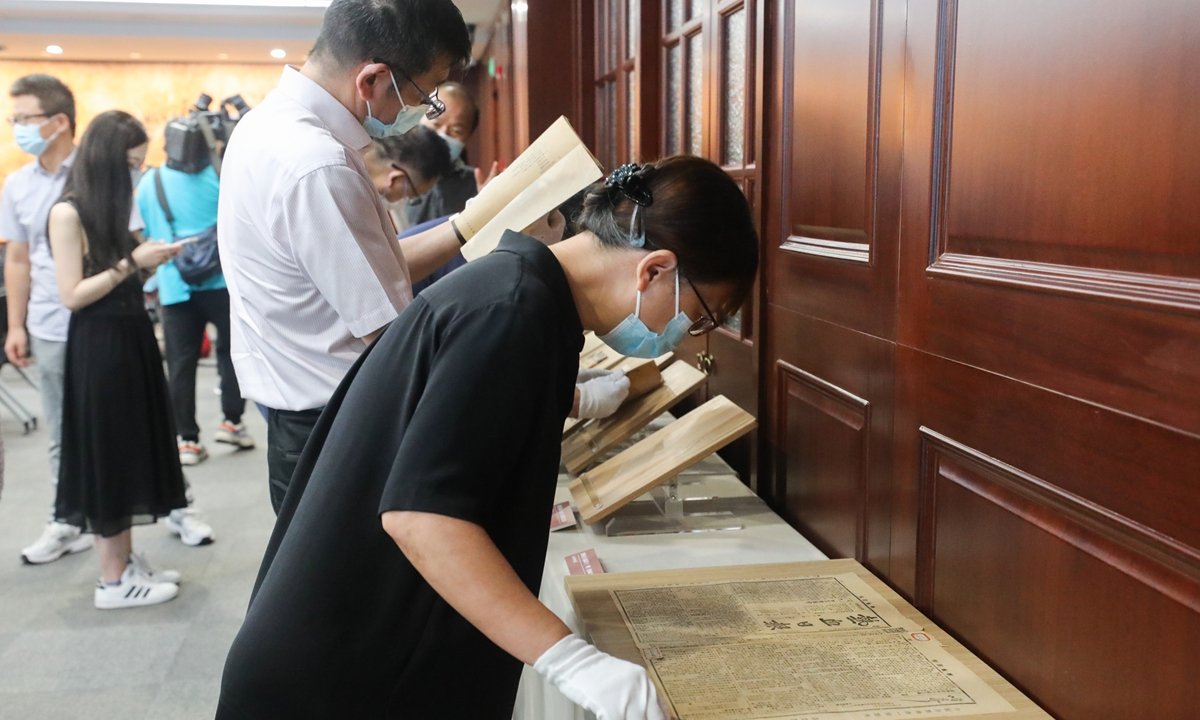Recently, the Memorial of the First National Congress of the Communist Party of China (CPC) in Shanghai was abuzz with history enthusiasts, researchers, and collectors. The occasion? The inaugural collection appraisal and research event, organized to mark the 96th anniversary of the founding of the People’s Liberation Army (PLA).
At its core, the event was more than just a commemoration. As articulated by Xue Feng, the curator of the memorial, it was a platform to fortify the safeguarding and beneficial application of significant revolutionary cultural relics. It aimed to spotlight the revolutionary culture, ensuring that the future generations remain connected to the roots, continuing the legacy of what Xue refers to as the “red gene”.
Over 20 specialists in Party history, staff from various revolutionary venues, avid collectors of revolutionary memorabilia, and engaged citizens congregated to delve into a curated collection of artifacts, each narrating tales from the Party’s transformative journey.
Dai Zheheng, a zealous Party history buff and a graduate student from Zhejiang Normal University, encapsulated the spirit of the event. He recounted his countless museum visits but emphasized that the tangible experience of physically interacting with the artifacts at this event, sensing the palpable weight of history they carried, was unparalleled.
Nineteen collections from the PLA’s nascent days were unfurled for attendees. These included an assortment of documents, newspapers, books, and personal belongings of revolutionary stalwarts. Two particularly intriguing items were a weapon brandished by postal workers during an armed uprising and a hefty knife and blanket linked to Wang Yifei, a notable name from the Central Military Commission.
Ma Jun, affiliated with the Institute of History of the Shanghai Academy of Social Sciences, spotlighted the knife’s backstory. It was wielded by postal employees during a dramatic standoff at a police and train station in Shanghai’s third armed workers’ uprising. Ma’s sentiments underscored the necessity for cross-disciplinary collaboration to fully comprehend and appreciate such relics.
Huang Wei, an overseer at the memorial, expressed her fascination with Wang Yifei’s blanket. To her, it wasn’t just an aged piece of fabric but a testament to the enduring spirit and challenges faced by the Central Military Commission in Shanghai. Huang emphasized the importance of these artifacts not just as historical pieces but as active pedagogical tools.
Highlighting Shanghai’s pivotal role in the Party’s chronicles, Xu Guangshou, a distinguished Party history expert, pointed out the city’s many ‘firsts’. From hosting the inaugural public publishing institution by the CPC to launching the Party’s premier publicly circulated weekly and daily newspapers, Shanghai’s legacy was undeniable. As Xu poignantly remarked, it wasn’t just the birthplace of the Party but also the cradle of its indomitable spirit.
READ MORE:
